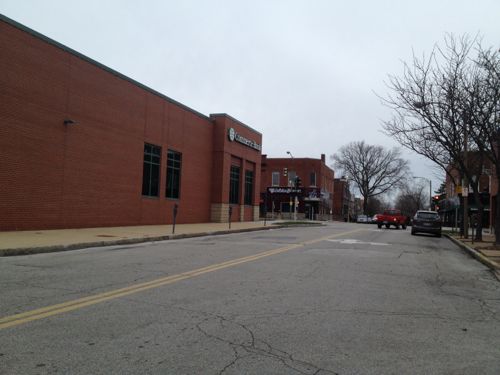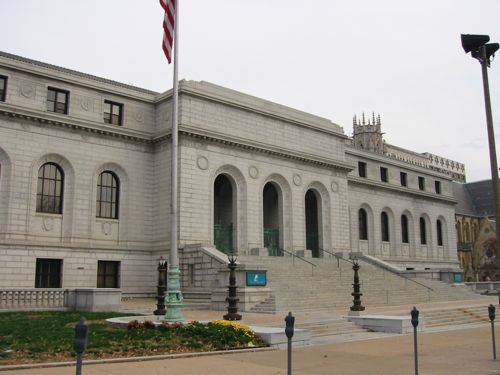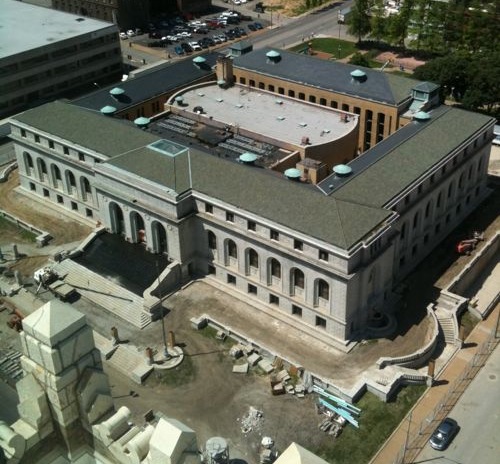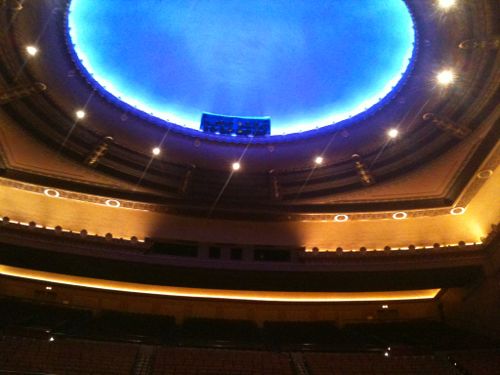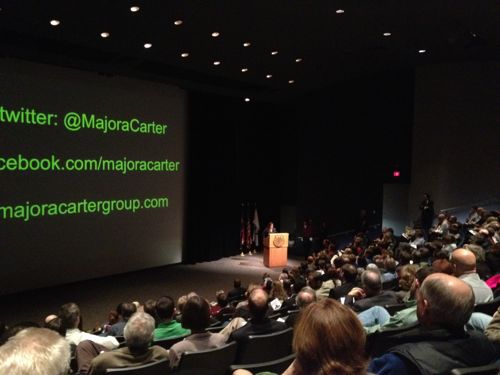Larry Williams Should Not Seek Another Term as Treasurer
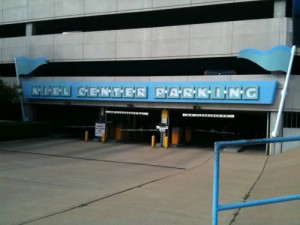
St. Louis has had one treasurer for over 30 years. Larry Williams first became treasurer when then mayor Schoemehl appointed him to the position in 1981. Williams has since been reelected over sand over, seldom facing a credible challenger at the polls.
What does the treasurer’s office do? The following is from the city webpage:
The Treasurer’s Office controls and monitors all the bank accounts of the City. There are currently over 30 accounts under this office’s control. Through daily contact with the Comptroller’s Office and detailed reconciliations of these accounts, this office provides a check and balance for the Comptroller’s Office. In addition, this office is by ordinance the depository for all receipts of the City and provides a means for departments to make daily deposits.
The Treasurer’s Office issues all payroll checks, deposits funds for federal and state taxes, funds for savings bonds and other payroll deductions.
The Treasurer is also responsible for making all investments for the City. This includes purchasing, selling and auditing the earnings on these investments as well as ensuring that City funds are safe and secure.
Treasurer Operations
Larry C. Williams has been Treasurer of the City of St. Louis since 1981. His responsibilities include that of being the head of the City’s banking systems and parking services operation.
As head of banking operations, he is responsible for the establishment of over fifty different City banking accounts, receiving deposits and reinvesting the intake of cash from a variety of City sources.
Treasurer Williams is the Custodian for the Police and Fire Department’s Retirement System, Chairman of the Fund Committee and Parking Commission, and a Co-Chair and board member of Downtown Now.
As supervisor of parking, he is responsible for the installation and operation of approximately 10,000 meters on the street, twenty-nine parking enforcement officers, and the daily operation of the Kiel Parking Garage (home of the St. Louis Blues). Other off-street facilities run by the Treasurer include the City Hall Parking Lot and the Justice Center Garage downtown, and the Argyle Parking Facility at Lindell and Euclid.
Revenues under the supervision and control of the Treasurer exceed $1.5 billion. The Treasurer is now currently focused on the efficient and effective distribution of parking in the City, especially the Central Business District. He believes our downtown should house a larger-living, urban environment. Mr. Williams’ way of achieving maximum revitalization of our urban center is through the cooperation and intercommunication of the public and private sector.
Wow, $1.5 billion? The treasurer’s office is not overseen by anyone on city government other than the treasurer. The treasurer has no duty report to the mayor or board of aldermen. It’s past time for change but that should come this year. Three political figures have announced they will run for treasurer: alderman Fred Wessels, head of city Democrats Brian Wahby and state rep Tishaura Jones.
The partisan primary is in August and the general election is in November. Unless one of the three above runs as an independent or Republican the race will likely be decided in August. Williams, now in his 80s, can do everyone a favor and not seek yet another term in office.
– Steve Patterson
